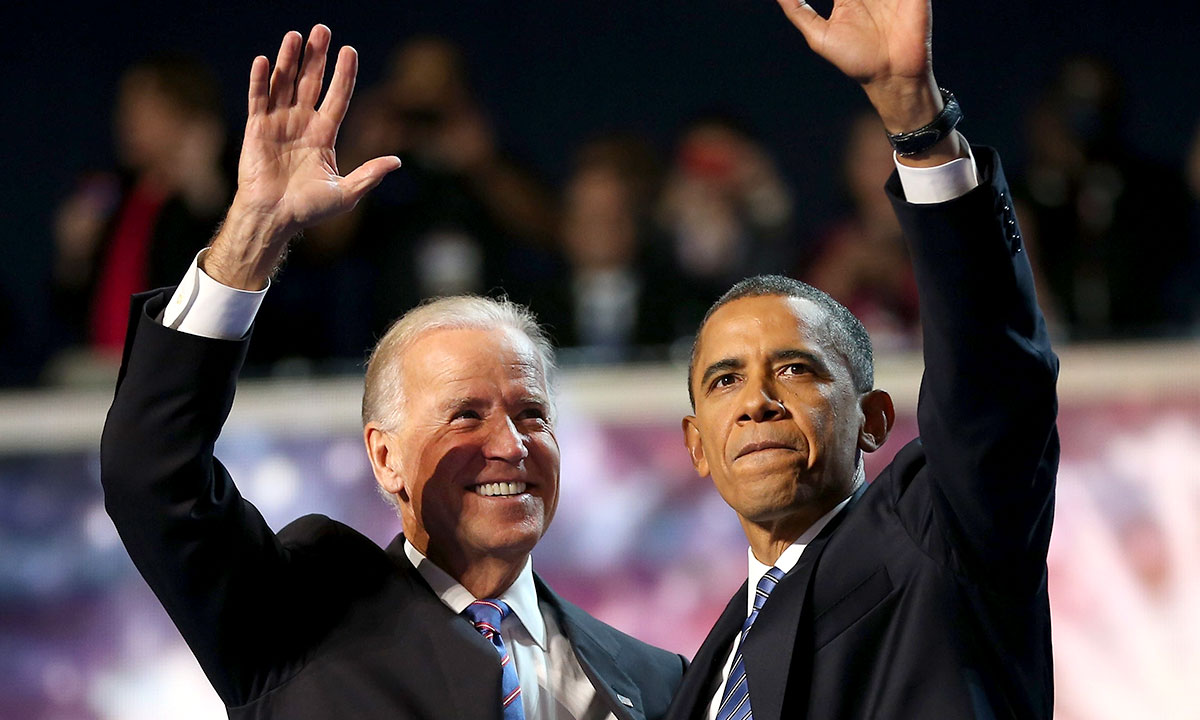November 30, 2020
Biden and Obama Transitions: Similarities and Differences


President-elect Biden will encounter both a health crisis and an economic crisis when he takes the oath of office on January 20th. When they took office in 2009, President Obama and Vice President Biden faced a financial crisis. Similar to the 2008 Obama transition, the Biden transition team will do a lot of planning and preparation in November and December that will guide the immediate actions of the Biden Administration.
In addition to confronting this crisis, President Biden will need to put together his first budget. For most administrations, the first budget tends to be the most influential because it largely sets the agenda for the administration. This first budget gives the President a forum to promote his campaign proposals in a governable document. That presents both an opportunity and a challenge. Administrations promote the President’s budget by orchestrating its roll-out with a Presidential address to Congress and public events with agencies playing a supporting role. The challenge is transforming any incoming administration’s expensive but nebulous campaign promises into a detailed and actionable budget plan that exposes their real-world costs.
While there are similarities to what Biden will confront with Obama’s 2009 challenges, there are key differences. The 2008-2009 financial crisis did not produce as deep a recession as we experienced in 2020, but the economic threat was potentially greater. Fear that the financial systems would collapse continued to plague the country when Obama took office. Government actions culminating in the spring 2009 bank stress tests restored confidence in banks and the health of the global financial system.
The second key difference is that Obama and the Democratic party won a huge victory at the ballot box in 2008 that gave them large majorities in both the House and Senate, with Senate Democrats securing the 60th vote to break filibusters that summer. While Biden won and made gains in the Senate, he is likely to have to deal with an evenly split Senate or a Republican Senate, depending on the outcome of two Georgia special elections on January 5th. And, Democrats suffered unexpected House losses that will give Speaker Pelosi a narrower and potentially tenuous majority in that body.
Finally, Biden will face a much more difficult transition. The Bush Administration made a concerted effort to ensure a smooth presidential transition. The Trump Administration has taken the opposite tack.
Like Biden, Obama ran on an ambitious agenda, but his first challenge was to confront a financial crisis that hobbled the functioning of financial markets and produced soaring unemployment. Because Biden and his team will draw on that experience, a review of Obama’s transition is instructive. The timeline largely focuses on the fiscal stimulus bill the Obama Administration pursued and formulation of the Obama’s first budget. We expect Biden to follow a similar game plan.
Timeline of Major Obama Stimulus & Budget Actions |
|
NOV 24-25, 2008: Economic Team Obama announces his economic team (Larry Summers as head of the National Economic Council, Tim Geithner as his Treasury Secretary, Christina Romer as the head of the Council of Economic Advisors, and Peter Orszag as OMB Director). DEC 12, 2008: Summers Memo on the Economy Larry Summers gives Obama a 57-page memo on the state of the economy, the financial system, the budget outlook, and four options for legislation to stimulate the economy based on the effectiveness of those options and the challenges of gaining their enactment. JAN 9, 2009: Biden Transition Economic & Jobs Analysis “The Job Impact of the American Recovery and Reinvestment Plan” by Christina Romer and Jared Bernstein. Based on a $775 billion package. JAN 20, 2009: Obama’s Inauguration JAN 26, 2009: Introduction of the American recovery and Reinvestment Act (ARRA) David Obey, Chairman of the House Appropriations Committee, introduces H.R. 1 comprised of legislation reported by his committee and the House Energy and Commerce and Ways and Means committees. JAN 28, 2009: House passage of ARRA FEB 10, 2009: Senate passage of ARRA Based on legislation reported by the Senate Appropriations and Finance Committees and after adoption of 22 amendments, the Senate passes its version of ARRA. FEB 12-13, 2009: Conference report on ARRA The conference report is filed on February 12th and the House and Senate pass it the next day and clear it for the President. FEB 17, 2009: President Obama signs ARRA into law CBO estimate the bill’s cost at $787 billion over 10 years. FEB 24, 2009: Address to Congress President Obama’s address to a joint session of the Congress where he reviews the economy and his first budget. FEB 26, 2009: Obama Budget Summary OMB sends to Congress “A New Era of Responsibility: Renewing America’s Promise,” a summary of Obama’s proposed FY10 budget. May 6-7, 2009: Stress Tests Treasury, the Fed, and other regulatory agencies announce that they will release the results the next day of “stress tests” conducted on major banks. May 7, 2009: FY10 Obama Budget Submission OMB submits Obama’s full FY10 Budget and agencies submit congressional budget justifications to the appropriations committees. |